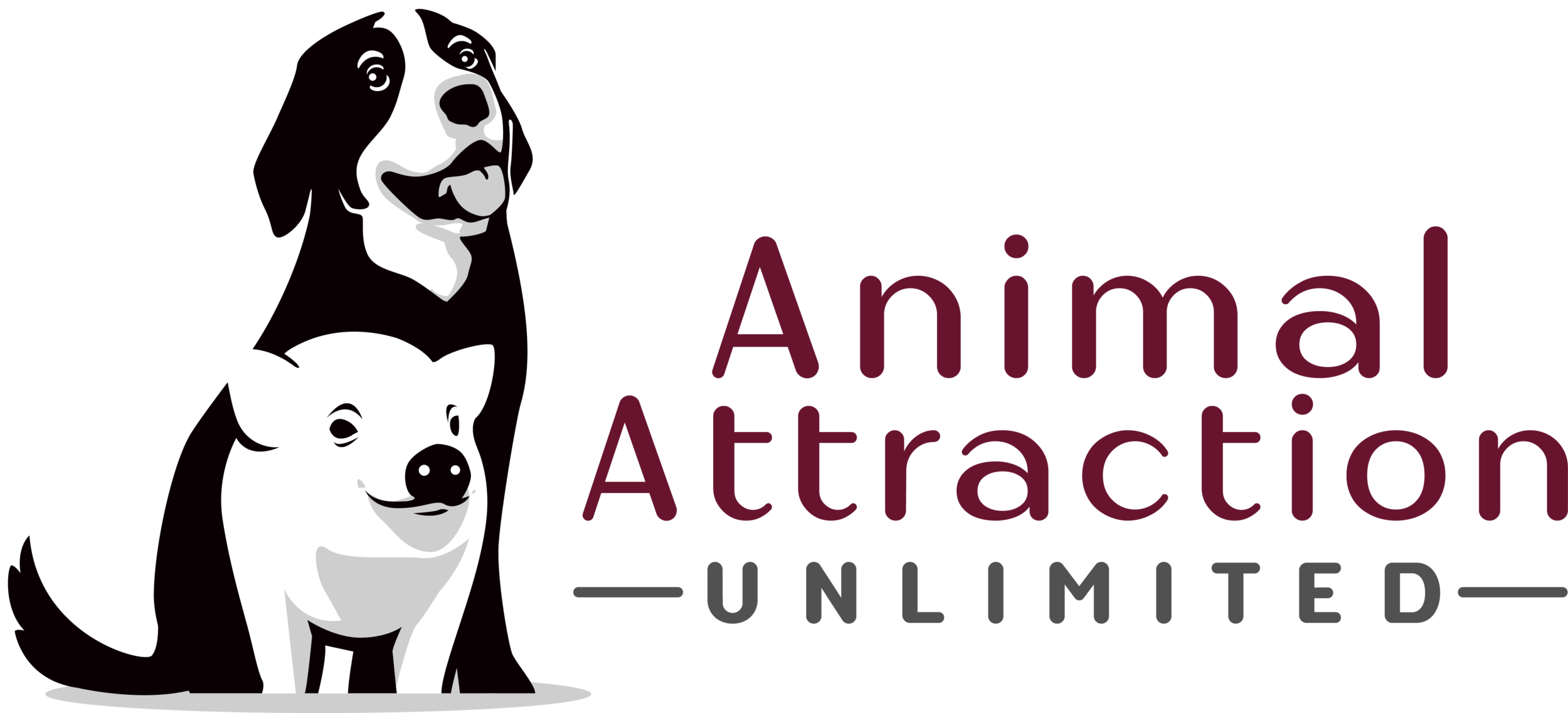The Tight Leash Trap: Why Your Dog Is Still Pulling (and How to Fix It)
We've all seen it: a dog practically dragging their owner down the street, or an owner with an arm rigidly extended, a tight leash straining between them and their canine companion. The common belief is that keeping a short, tight leash forces the dog to walk politely beside you. But what if I told you that this widely practiced method actually teaches your dog to pull?
It's a counterintuitive thought, but let's break down the mechanics from your dog's perspective.
The Physics of Pulling (The Opposition Reflex)
Imagine you're attached to something that constantly pulls you in a certain direction. What's your natural instinct? To pull back, of course! This is the "opposition reflex" at play. When your dog feels constant tension on the leash, their natural response is to lean into it, to pull against that pressure. It’s not a sign of disobedience; it’s a physical reaction to a constant stimulus.
Every time you keep the leash taut, even with the best intentions, you are inadvertently reinforcing this reflex. Your dog learns that in order to move forward, they need to apply pressure to the leash. They aren't learning that walking politely by your side is the desired behavior; they're learning that a tight leash is the normal state of affairs for a walk.
The Dangerous Side Effect: Leash Reactivity
The problems caused by a tight leash extend far beyond simple pulling. Constant tension can lead to a state of chronic stress and frustration, making your dog significantly more likely to become leash reactive.
Here's why:
Feeling Trapped (The Fight or Flight Response): When a dog sees a potential "trigger" (another dog, a person, a skateboarder) and is held back by a tight leash, they lose their ability to flee—a natural coping mechanism. Feeling confined, their default response shifts to "fight." They bark, lunge, or growl to create distance because the leash has removed their ability to escape.
Transfer of Stress: Your own anxiety about encountering a trigger makes you instinctively shorten and tighten the leash. Your dog feels that tension through the leash, internalizes your stress, and associates that negative feeling (pressure + handler anxiety) with whatever they are looking at.
The Absence of Choice: A loose leash gives your dog a tiny amount of freedom and control, allowing them to make choices (like slowing down, turning their head, or checking in with you). A tight leash removes that agency, leading to greater frustration, which is a major component of leash reactivity.
For your dog, a walk becomes synonymous with constant pressure on their neck or chest, and this stress dramatically lowers their threshold for reacting to the environment.
So, What's the Alternative? The Art of Loose Leash Walking
The goal of loose leash walking is to teach your dog that the absence of tension is rewarded, and that walking close to you is the most comfortable and rewarding place to be. This state of relaxation and communication is the foundation for managing and preventing reactivity. Here's a glimpse into the philosophy:
1. Be a Tree (and Wait)
When your dog pulls, stop dead in your tracks. Become a "tree." Don't move forward until the leash goes slack, even for a second. The moment it loosens, even if your dog just looks back at you in confusion, take a step forward. This teaches them: "Leash tight = no progress. Leash loose = we move!"
2. Change Direction Frequently
Don't be predictable. If your dog is pulling ahead, calmly change direction. Walk the other way, turn left, turn right. This keeps your dog guessing and encourages them to pay attention to your movements, rather than forging their own path.
3. Reward the Slack!
This is crucial! When your dog is walking nicely with a loose leash, reward them! Use verbal praise, a cheerful "yes!", or a tasty treat. Let them know they're doing something right. You want them to associate a loose leash with positive outcomes.
4. Start Small, Be Patient
Loose leash walking isn't an overnight fix. Start in a low-distraction environment, like your backyard or a quiet street. Gradually introduce more distractions as your dog improves. Be patient, consistent, and celebrate small victories.
Visualizing Success
Imagine a dog walking calmly beside their owner, the leash forming a gentle 'U' shape, dangling loosely. This is the ideal. It's a walk where both you and your dog are relaxed and enjoying the journey together, building confidence and reducing the stress that leads to pulling and reactivity.
So, next time you head out for a walk, remember the tight leash fallacy. Ditch the constant tension and embrace the power of a loose leash. Your arms, and your dog's emotional well-being, will thank you for it!
